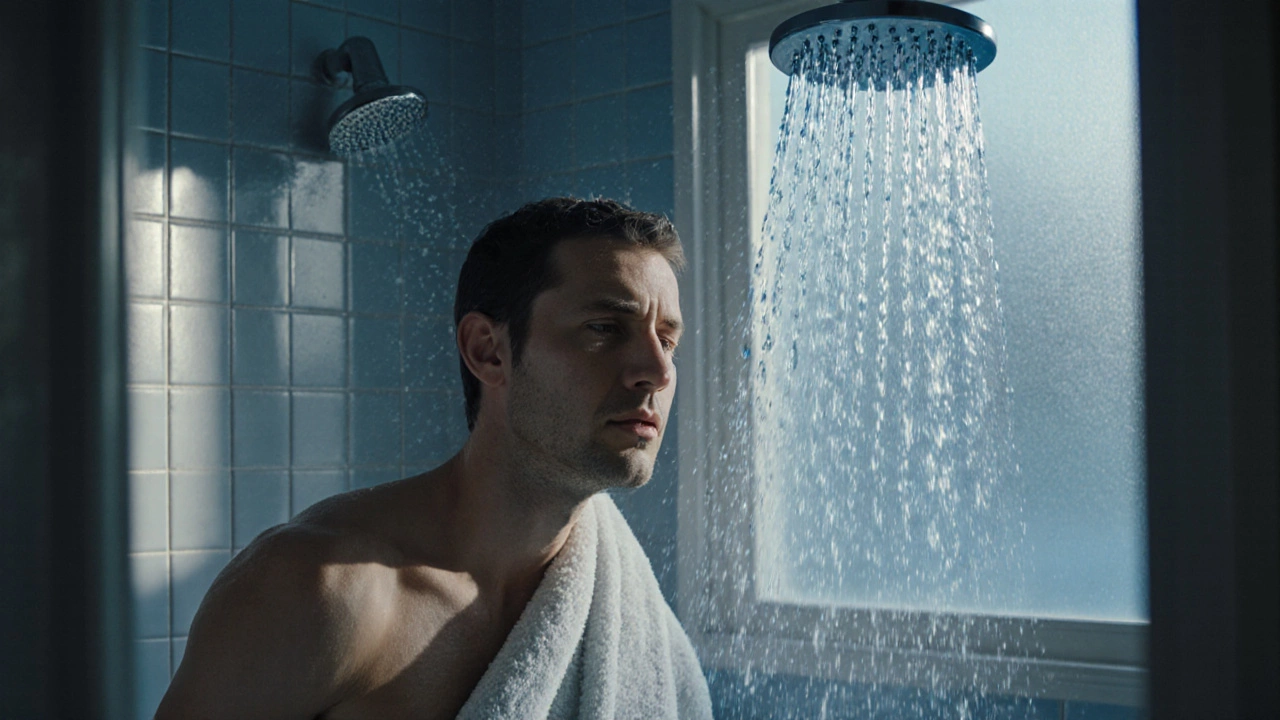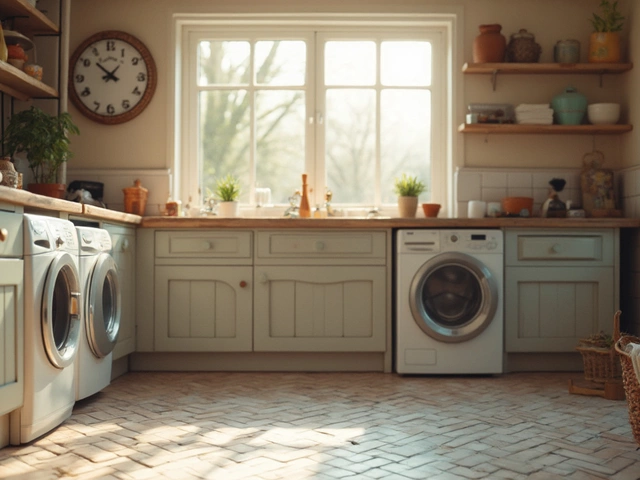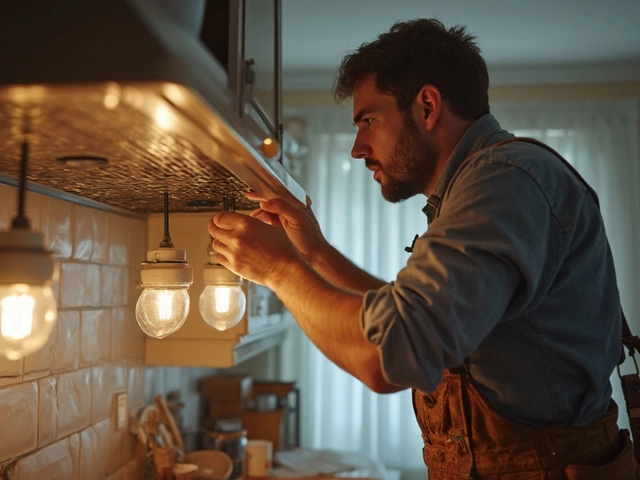When dealing with hot water problem, the condition where you can’t get enough hot water from taps or shower. Also known as no hot water, it often stems from issues with the water heater, the appliance that heats domestic water using electricity or gas or the boiler, the central heating system that can also supply hot water in many UK homes. In many cases, a faulty gas appliance, any kitchen or bathroom equipment that runs on natural gas, like ovens or boilers can interrupt the hot‑water flow. Understanding how these pieces interact helps you pinpoint why your taps run cold.
The first thing to check is whether the hot water problem is isolated to one outlet or affects the whole house. If only the shower is cold, the likely culprit is a shower diverter valve or a clogged pipe. If every tap is affected, the water heater itself is suspect. A common symptom is a sudden loss of hot water after a reset button is pressed on the heater – this often means the high‑limit safety switch tripped because of overheating or a faulty thermostat. Another frequent cause is sediment build‑up inside a tank, which reduces heating efficiency and can cause the heater to overheat. In gas‑fired units, a missing or faulty igniter can stop the burner from lighting, leaving you with cold water despite a perfectly functioning thermostat.
When the problem is linked to the boiler, look for low pressure readings or error codes on the control panel. Low pressure can prevent the boiler from pushing hot water through the system, while error codes usually point to specific failures like a failed pump or a blocked heat exchanger. In newer combination boilers, a blocked heat exchanger often shows up as a “no hot water” message on the display. For electric water heaters, a tripped circuit breaker or a blown fuse can mimic the same symptoms – the heater simply won’t draw power to heat the water.
Don’t overlook the role of the water supply itself. A drop in mains pressure can cause a sudden dip in hot‑water output because the system can’t move enough water through the heater’s coil. Additionally, if you have a pressure‑reducing valve that’s set too low, the heater may not receive enough water to heat efficiently. Seasonal factors matter too – during very cold spells, the incoming water temperature drops, making the heater work harder and sometimes triggering safety shut‑offs.
Once you’ve identified the likely source, the next step is deciding whether a DIY reset or a professional repair is needed. A simple reset is often the first move: turn off the power or gas supply, wait a minute, then press the reset button on the heater (or the power button on an electric unit). If the water warms up after a reset, the issue may have been a temporary overload. However, repeated resets usually signal deeper problems such as a failing thermostat, a cracked heating element, or a blocked vent. In those cases, calling a qualified engineer is the safest route – they can test the pressure, inspect the heat exchanger, and replace faulty components.
Regular maintenance dramatically reduces the chance of a hot water problem striking at the worst time. Flushing the tank annually removes sediment, checking the anode rod prevents corrosion, and testing the pressure relief valve keeps safety mechanisms functional. For boilers, an annual service ensures the combustion process remains efficient and that any error codes are cleared before they cause a full shutdown. Keeping an eye on the pilot light (for older gas heaters) and listening for strange noises can also alert you to upcoming failures.
Below you’ll find a curated collection of articles that break down each of these topics in detail – from how to reset a hot water heater safely, to spotting the warning signs of a failing boiler, and understanding the cost of common repairs. Whether you’re a DIY‑enthusiast looking for quick fixes or someone who prefers to call in a pro, the posts ahead give you the know‑how to tackle any hot‑water hiccup with confidence.

Find out why your hot water vanished, walk through quick DIY checks, learn simple fixes, and know when to call a professional for reliable heat restoration.

Most extractor fans can be repaired with simple fixes like cleaning, capacitor replacement, or tightening parts. Learn when DIY works and when to call a pro to avoid costly damage from damp and mold.

Stuck between fixing or swapping your boiler? Discover the real facts, costs, tips, and how to make the right call for your property, budget, and comfort.

Wondering how long a washing machine should actually last? This article breaks down real averages, points out what causes washers to wear out, and shows simple ways to get more years out of your machine. We’ll look at red flags for replacement, compare old versus new models, and clear up some common myths about washers. If you want your next laundry day to go smoothly—or you’re tired of surprise breakdowns—this guide’s for you.

Understanding whether an electrician can repair your extractor fan might save you time and hassle. Dive into the nitty-gritty of what electricians can do for your fan problems, and get tips on how to maintain these helpful appliances. This guide covers the skills electricians bring to the table and when a specialist might be needed. Stay informed and prepared for any fan-related issues that might come your way.

Thinking about ditching your gas appliances? This article breaks down the real pros and cons of keeping or replacing things like your gas stove, water heater, or furnace. Learn how safety, repair costs, and future-proofing your home play into this decision. There are lots of myths out there and we’ll sort out the facts. You'll also pick up practical tips on making the best choice for your budget and home. Let's cut through the noise and find out what really matters for your gas appliances.